Search Results
Showing Results for tuberous sclerosis complex
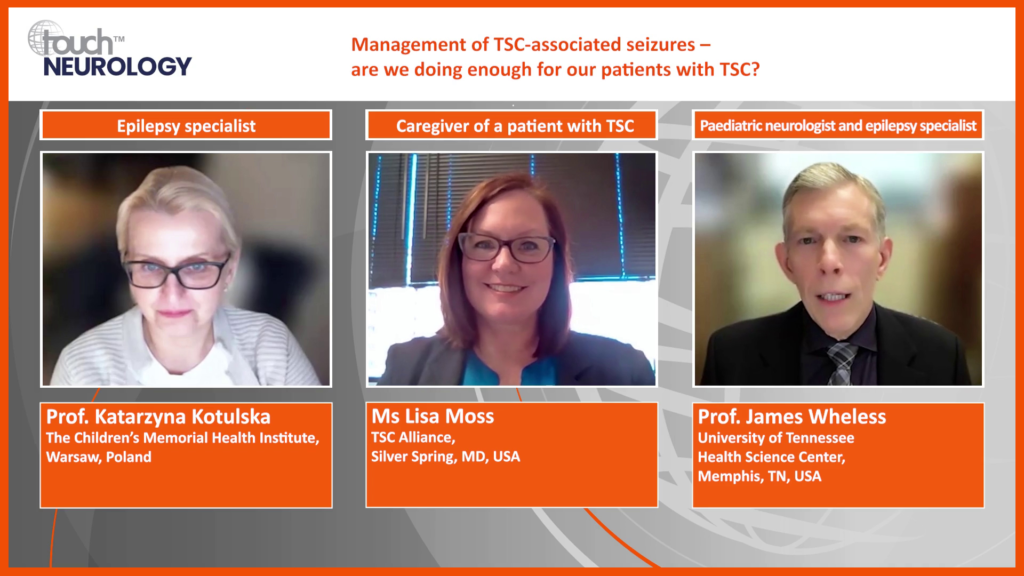
MDT specialists and a caregiver of a patient with tuberous sclerosis complex (TSC) discuss current and emerging management strategies for TSC-associated seizures.








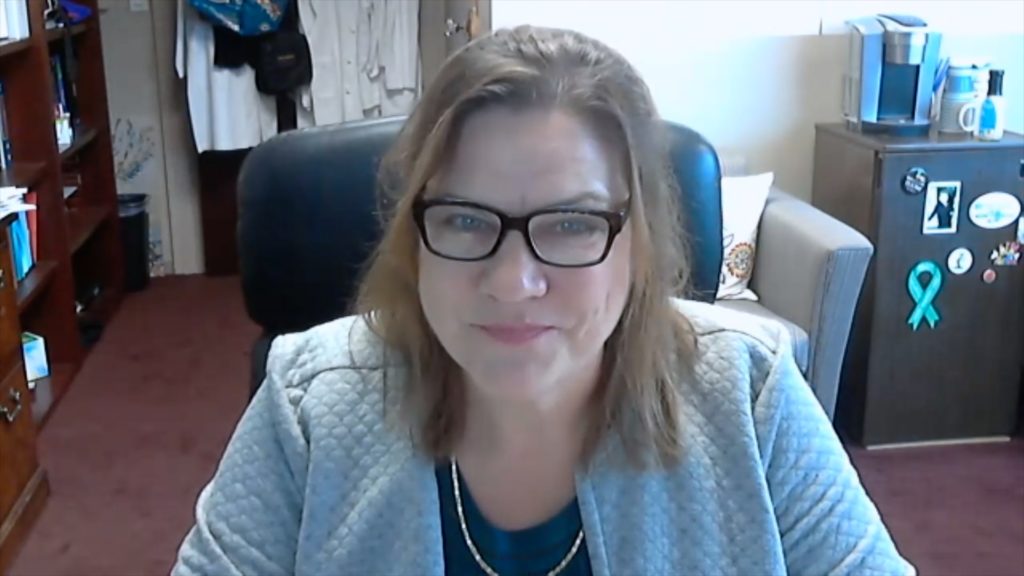
touchNEUROLOGY met with Professor Mary Koenig (McGovern Medical School, UTHealth, Houston, TX, USA) to discuss the efficacy and safety findings from the phase 2 clinical study investigating oral ganaxolone for the treatment of tuberous sclerosis complex (NCT04285346). The abstract 'Phase 2 Open-label ...
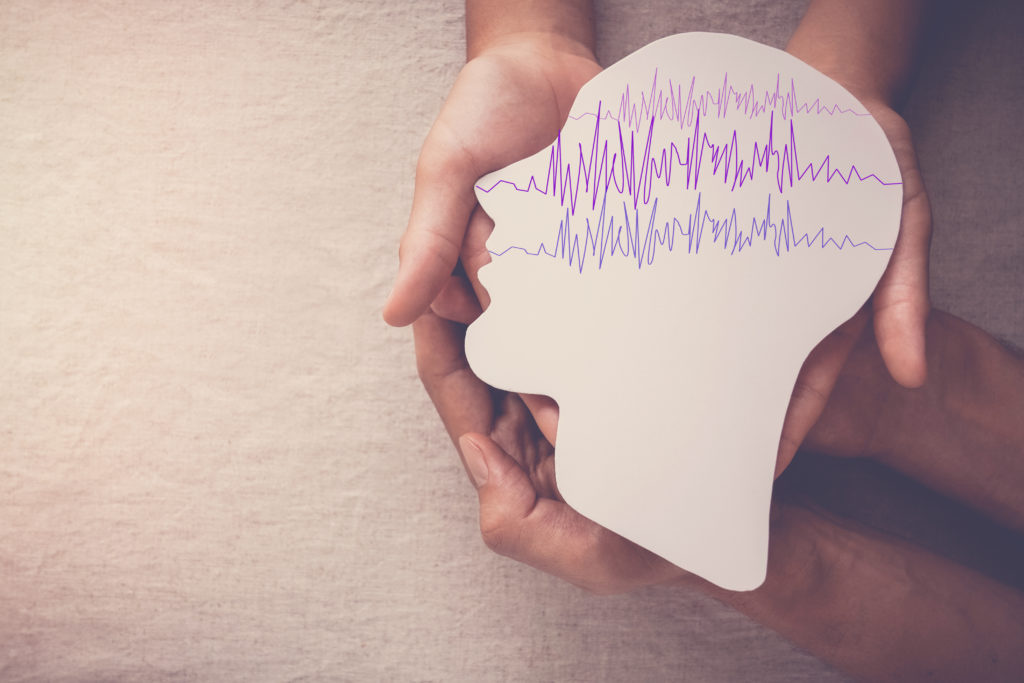
Epilepsy is one of the most common neurological disorders, affecting around 70 million people worldwide.1,2 Its management is mainly symptomatic, and long-term seizure remission is achieved in most cases.3,4 One-third of patients, however, continue to experience seizures despite adequate treatment.5 Remarkably, ...
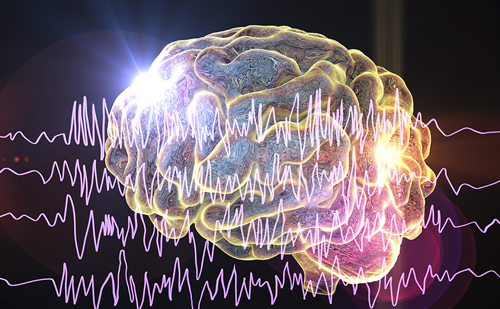
Seizure is a paroxysmal event caused by the excessive, hypersynchronous discharge of neurons in the brain, which causes alteration in neurologic function.1 Seizures can occur when there is a distortion between the normal balance of excitation and inhibition in the ...

Children with epilepsy rarely suffer the condition in isolation. Cognitive, behavioural and psychiatric issues, which manifest as attention deficit hyperactivity disorder (ADHD), intellectual disability (ID), autism spectrum disorder (ASD), depression, unstable mood, and suicidality, are reported in 11–40% of those affected.1–4...

Neuromodulation Devices Vagus Nerve Stimulation Neuromodulation Devices Vagus Nerve Stimulation Vagus nerve stimulation (VNS), first used for seizure treatment in the 1880s, was approved by the FDA in 1997 after decades of animal studies demonstrating reduction of chemically-induced seizures,1,2 and subsequent ...

Vagus Nerve Stimulation Electrical stimulation of the 10th cranial nerve or vagus nerve stimulation (VNS) has become a valuable option in the therapeutic armamentarium of adults and children with refractory epilepsy. Since its introduction in 1989 over 50,000 patients have been treated ...

Vigabatrin in Infantile Spasms Vigabatrin (VGB) was only recently approved by the US Food and Drug Administration (FDA) as monotherapy for infantile spasms (IS). Nonetheless, considerable experience is available, since VGB has been used for more than 10 years in other ...

Childhood epilepsy poses unique challenges to the treating physician. First of all, and more than in adults, epilepsy should be considered as a symptom of an underlying brain dysfunction and a thorough diagnostic work-up has to be done in many ...
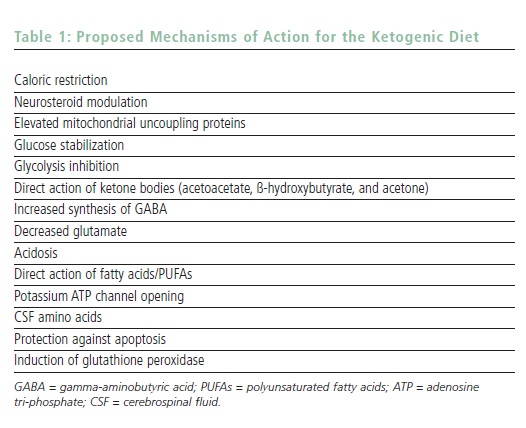
For nearly 100 years, the high-fat, low-carbohydrate, calorie- and fluidrestricted ketogenic diet (KD) has been in continuous use, predominantly for children with seizures who have not responded to medication.1 Several recent reviews and meta-analyses have concluded that there is insufficient evidence ...
Latest articles videos and clinical updates - straight to your inbox
Log into your Touch Account
Earn and track your CME credits on the go, save articles for later, and follow the latest congress coverage.
Register now for FREE Access
Register for free to hear about the latest expert-led education, peer-reviewed articles, conference highlights, and innovative CME activities.
Sign up with an Email
Or use a Social Account.
This Functionality is for
Members Only
Explore the latest in medical education and stay current in your field. Create a free account to track your learning.


